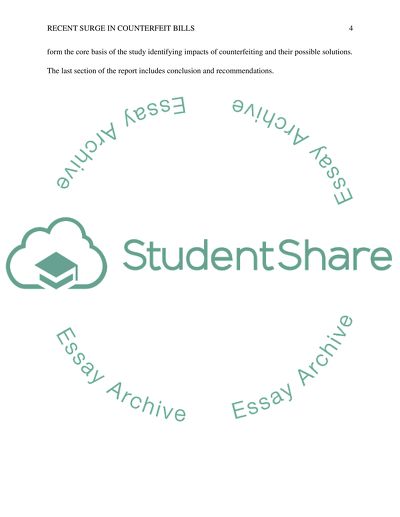Cite this document
(“The Recent Surge in Counterfeit Bills Essay Example | Topics and Well Written Essays - 2500 words”, n.d.)
The Recent Surge in Counterfeit Bills Essay Example | Topics and Well Written Essays - 2500 words. Retrieved from https://studentshare.org/english/1402897-final-research
The Recent Surge in Counterfeit Bills Essay Example | Topics and Well Written Essays - 2500 words. Retrieved from https://studentshare.org/english/1402897-final-research
(The Recent Surge in Counterfeit Bills Essay Example | Topics and Well Written Essays - 2500 Words)
The Recent Surge in Counterfeit Bills Essay Example | Topics and Well Written Essays - 2500 Words. https://studentshare.org/english/1402897-final-research.
The Recent Surge in Counterfeit Bills Essay Example | Topics and Well Written Essays - 2500 Words. https://studentshare.org/english/1402897-final-research.
“The Recent Surge in Counterfeit Bills Essay Example | Topics and Well Written Essays - 2500 Words”, n.d. https://studentshare.org/english/1402897-final-research.


